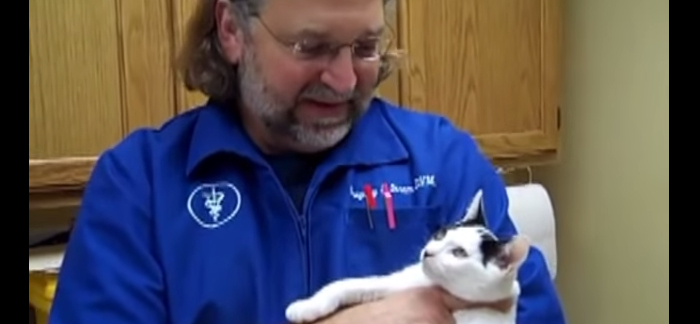One of the biggest issues that cat owners face is the constant scratching of their animal. The claws of the cat need to be consistently refreshed, so kitty will hit up the scratching post just as much as the corner of a leather sofa. Declawing cats is a debatable procedure as it is, but laser declawing is growing in popularity because it is safer, has reduced swelling, and may even have less overall pain for the cat during the recovery period.
It Should Be Used As a Last Resort Option
Laser declawing should be used as a last resort when everything else has been tried to modify the behavior of the animal. Although laser surgery is safer than clipping methods because the tendons of the cat’s paw are trimmed, the third and final toe bones of the animal are being amputated to remove the claws. Except for cancerous growths or nail infections, it is a behavioral modification surgery only and it may increase the future health risks of the cat.
It Gives a Cat Owner Some Options
Cats who go to the veterinarian for a declawing procedure are often on their last legs of life. That’s because the cat owner is basically down to one of two options: to declaw the cat or to euthanize the cat. Even if they take their animal to shelter, unless it is a no-kill shelter, a cat is the most likely animal to be euthanized.
Laser Declawing Is Expensive
The average cost of a laser declawing machine is about $40,000, so the procedure is going to cost a lot more than the standard methods of cat declawing. The benefits to the animal, however, are often worth the costs. Instead of needing a week to get up and moving again, most cats with this laser treatment can be moving the day after. There is less of a risk of getting sand or grit into the wound that can cause a secondary infection. The wound is also cauterized by the laser, so lifestyle changes are minimized.
It Reduces the Risks of a Second Surgery
If the amputation isn’t fully completed on the first surgery, the nails will simply regrow over a period of time and the cat will continue to have the behavioral problems. This often requires a second surgery to remove the new growth and that’s an added cost to the animal and the owner if that happens. There is no guarantee with a medical procedure. When you sign the agreement for the surgery, you are agreeing with 99.9% of vets that the surgery may not be 100% successful.
There Is No Bleeding
If the cat does need to be declawed, the laser procedure eliminates the threat of blood loss that may occur. This also means a cat’s owner won’t have to deal with the bandages on the paws that the animal does not like one bit.
Consider just declawing the front paws if this procedure needs to be completed if possible. Look for alternatives, such as plastic nail covers. If there is no other option, then consider laser declawing. It’s a little more expensive, but the results are more consistent so that you and your kitty can live happily ever after.




